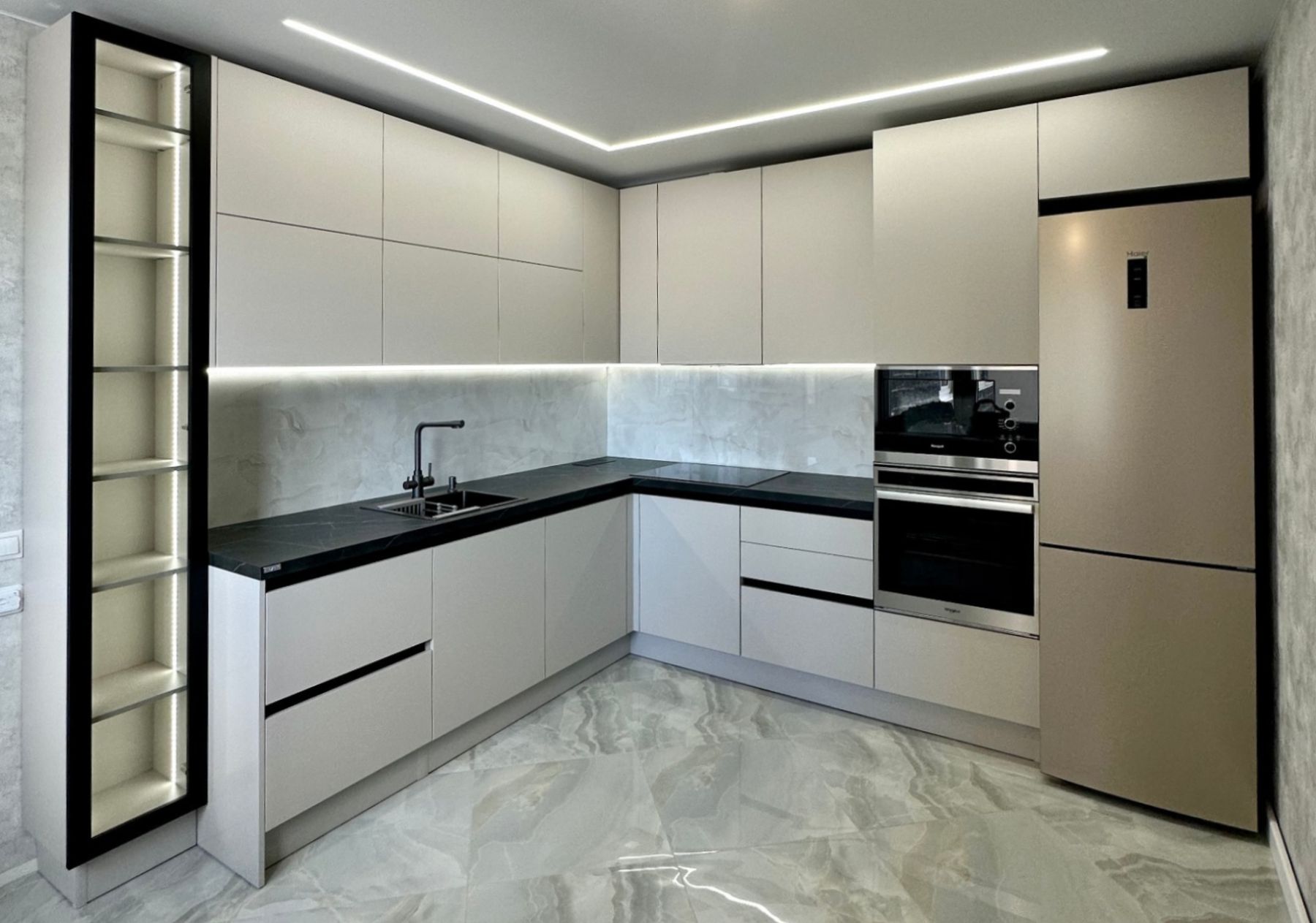
Culinary Spaces: Elevated Design
When it comes to home design, the culinary space is no longer just a place for preparing meals; it has become a centerpiece for entertainment, a symbol of sophistication, and a retreat for culinary enthusiasts to indulge in their passion for cooking. Elevated design in culinary spaces merges both functionality and aesthetics, crafting a kitchen that inspires creativity, fosters social interaction, and stands as a testament to personal style.
Functionality Meets Elegance
In the heart of every elevated culinary space lies the perfect balance between form and function. Designers are pushing the boundaries of traditional kitchen layouts to create solutions that enhance the chef's workflow while simultaneously displaying elegance. High-end, energy-efficient appliances meld seamlessly with artisanal countertops and custom cabinetry, proving that practicality can be paired with luxury.
Material Mastery
The choice of materials in a culinary space can dramatically affect both its performance and its aesthetic. Innovations in materials such as quartz, granite, and recycled glass give homemakers the ability to select surfaces that are not only durable and easy to maintain but also bespoke and visually stunning. Natural woods and metals used in shelving and fixtures furthermore contribute to an organic warmth, while still aligning with a modern designer outlook.
Lighting the Way
Lighting plays a pivotal role in the design of a culinary space. It sets the ambiance and can make or break the functionality of the cooking area. Strategic placement of task lighting, combined with ambient and accent lighting, elevates a kitchen from a mere functional space to a culinary stage where meals are not just made but showcased. Lighting fixtures have also become an avenue for artistic expression with sculptural designs that act as focal points in the kitchen environment.
Technology Integration
Modern culinary spaces are becoming increasingly intelligent with the integration of smart technology. This includes appliances that can be controlled remotely, programmable systems for precision cooking, and sinks with sensors for a touchless experience. Such technological advancements not only enhance the culinary experience but also contribute to efficient energy use and waste reduction.
Maximizing Space
Designers are adopting innovative approaches to space maximization, particularly in urban settings where square footage is at a premium. Multi-functional islands double as dining tables and preparation areas, and retractable components reveal or conceal as needed. There's a focus on vertical storage solutions and integrated appliances that free up counter space, granting the kitchen a cleaner, more spacious feel.
Personal Touches
A truly elevated culinary space is one that reflects the tastes and lifestyles of its owners. Personal touches, such as unique backsplashes with hand-painted tiles or curated collections of cookbooks and – art, showcase the individual's personality and make the space feel like home. Customization is key, allowing the inhabitants to design a kitchen that not only looks impressive but feels inherently theirs.
Conclusion
Culinary spaces have evolved into sophisticated hubs of design and technology, making them more than just places for meal prep. Today's kitchens are multifunctional rooms that cater to entertainment, social interaction, and the pursuit of culinary excellence. With a focus on material quality, space efficiency, technological advancements, and personalization, elevated design ensures that these spaces are both beautiful and highly practical, becoming the true heart of the modern home.